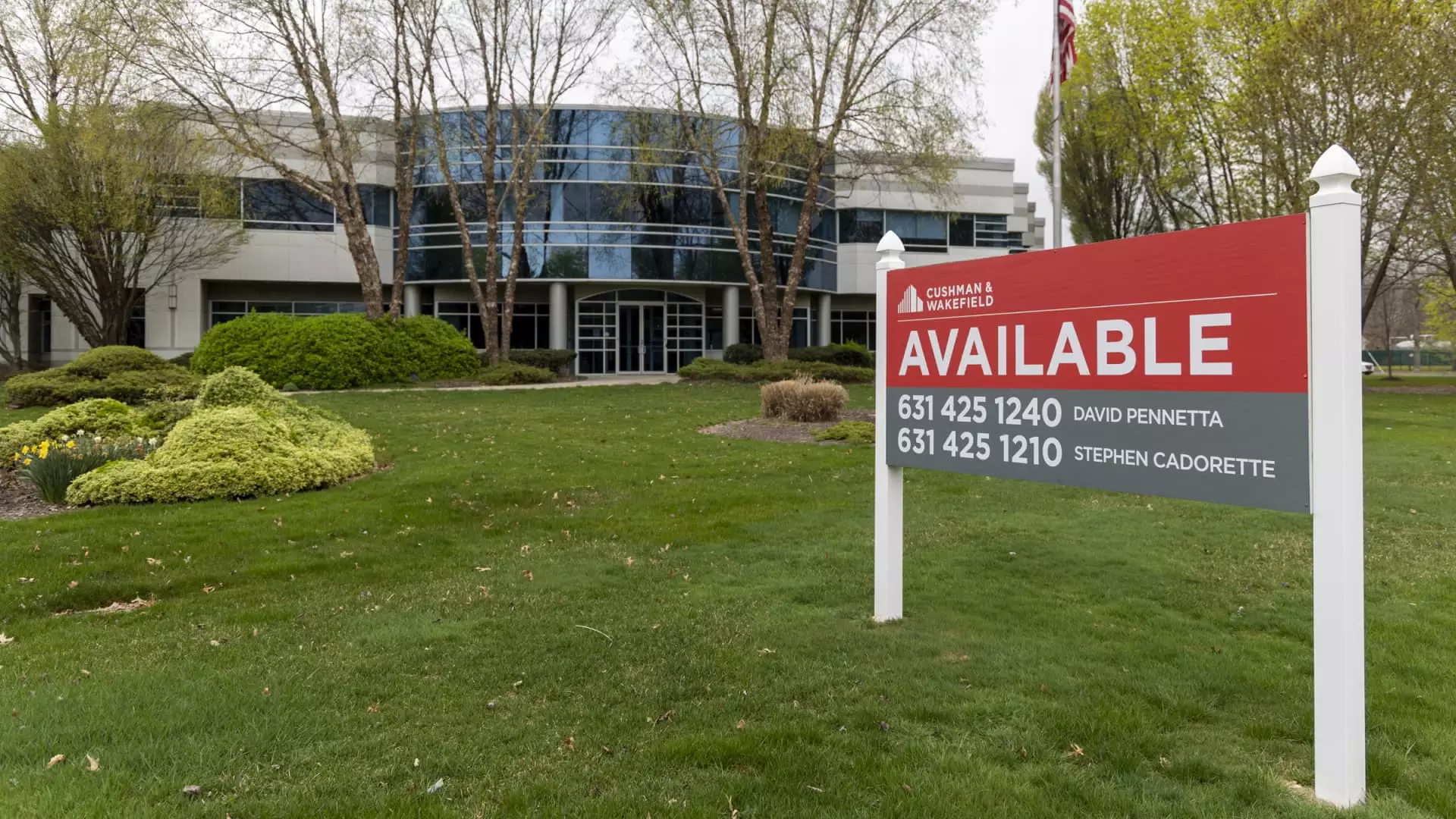The commercial real estate (CRE) sector has been navigating tumultuous waters in recent years, grappling with a myriad of challenges stemming from the pandemic and shifting economic conditions. However, with a recent pivot by the Federal Reserve towards cutting interest rates, signs of recovery are beginning to surface. This article delves deep into the implications of the Federal Reserve’s latest strategies and how they could potentially revitalize various segments of the commercial real estate market.
The Fed’s Policy Shift: What It Means for CRE
The Federal Reserve’s decision to lower the Fed funds rate for the first time since 2020 by 50 basis points marks a significant turning point for the financial landscape. By reducing interest rates, the Fed aims to stimulate economic activity — particularly in sectors like commercial real estate that are sensitive to borrowing costs. Lower rates render mortgages and financing cheaper, posing favorable conditions for renewed deal-making and investor interest. Following a period characterized by high borrowing costs and a sluggish market, temporary relief could very well ignite pent-up demand.
Prior to the Fed’s decision, the CRE sector had faced mounting pressures due to increased property supply, weak demand from tenants, and elevated borrowing costs, driven primarily by the Fed’s previous tightening policies. According to Wells Fargo analysts, this shift represents “the most notable green shoot” for the CRE market, suggesting a fertile ground for recovery despite the existing headwinds.
While the tangible benefits of lower rates are significant, the psychological dimensions cannot be overlooked. As pointed out by Alan Todd, head of commercial mortgage-backed security strategy at Bank of America, the perception created by the Fed’s actions can boost market confidence. The clarity and stability offered by the Fed’s directional change can encourage both lenders and borrowers to engage more actively in the market. This sentiment is critical, especially given that previous high rates had frozen deal activity, with uncertainty casting a long shadow over potential negotiations.
From a practical stand, refinancing and sales volumes have begun to mark an upward trajectory, indicating a shift in sentiment towards a more stabilized future for CRE. This optimistic outlook has motivated many buyers and sellers to re-enter the market, ready to capitalize on newfound opportunities.
Though there are signs of recovery overall, it’s important to recognize that different segments of the commercial real estate market are experiencing unique challenges and levels of success. For instance, while the multifamily sector has seen a resurgence in demand and net absorption rates hitting near three-year highs, the office space sector continues to lag. The contrast between these sectors underscores the uneven nature of the recovery.
The multifamily market has thrived, attributed to several factors including a lack of affordable single-family homes and a significant uptick in units being completed. Despite a boom in construction, vacancy rates have stabilized, leading to healthier dynamics in rental pricing. Nevertheless, the growth rate of rental prices has diminished significantly from previous highs, indicating adjustments amidst changing demand patterns.
Conversely, the office sector faces an uphill battle. Although recent data shows a slight positive shift in net absorption, rising vacancy rates continue to challenge this segment. Structural challenges stemming from the pandemic — notably the shift toward hybrid work — have weakened demand. Major urban centers are experiencing these fluctuations acutely, with many office properties still contending with an oversupply relative to current market needs.
While the indicators suggest a potential recovery for commercial real estate, caution is warranted as the road ahead may be fraught with obstacles. Analysts predict a mixed trajectory across various sectors, particularly as some, like multifamily, seem well-positioned for growth, while others, like office space, may require considerable time to regain momentum.
The complexity of the commercial real estate market underscores the necessity for stakeholders to stay abreast of economic indicators and be adaptive in their strategies. The upcoming months will be telling; if the Federal Reserve continues along its path of easing monetary policy, then we could witness a gradual stabilization across CRE sectors. Investors, business owners, and property managers must remain vigilant, leveraging the opportunities afforded by lower rates while also effectively addressing the specific challenges within their respective sectors.
The commercial real estate landscape is slowly emerging from a prolonged period of uncertainty, driven by a confluence of strategic interest rate adjustments and evolving market dynamics. While challenges remain, the potential for recovery does offer a glimmer of hope for future growth.

Leave a Reply